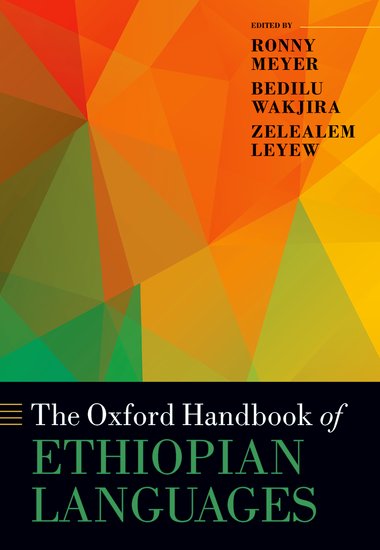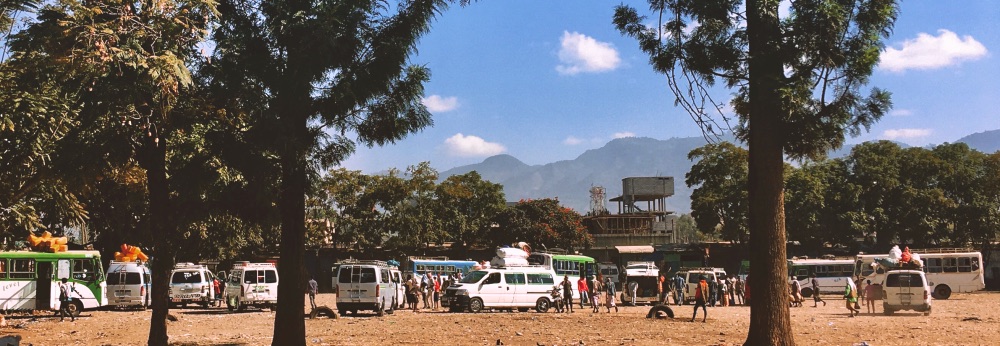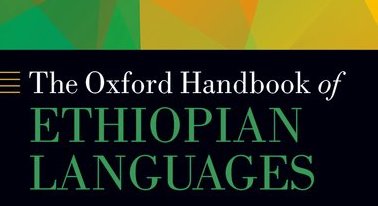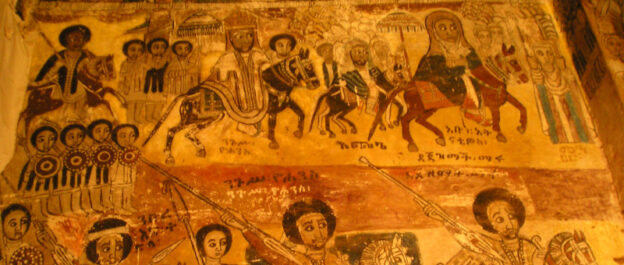27. February 2024,18:00 CET
This book presentation provides a general overview and basic introduction to the recently published collective volume The Oxford Handbook of Ethiopian Languages (OHEL) (https://doi.org/10.1093/oxfordhb/9780198728542.001.0001).
Ethiopia is home to almost one hundred thirty million people who speak about eighty languages belonging to the Cushitic, Omotic and Semitic sub-branches of Afroasiatic and Nilo-Saharan. Their speakers have been in contact for several centuries, resulting in bi- and multilingualism and the establishment of regional and national linguae francae. Moreover, this situation gave rise to the Ethiopian Linguistic Area, in which languages of different genetic origin started to develop similar linguistic features.
Despite this linguistic diversity and ongoing changes, general reference works on Ethiopian languages and linguistics all dating to the 1970s are now outdated. More recent works focus mainly on the Semitic languages and consequently lack information on Cushitic, Omotic and Nilo-Saharan languages. The most recent general reference work on Ethiopia, the Encyclopedia Aethiopica (2003–2014), also contains information on Ethiopian languages, but usually in a very sketchy manner, often neglecting large parts of the morphology and syntax of the languages. Similarly, handbooks on African languages such as Heine et al. (1987), Heine/Nurse (1997), and Vossen/Dimmendaal (2020) deal with various Ethiopian languages but provide only very general information. Most of these works do not deal with sociolinguistic aspects of the languages and language groups.

Thus, there was a need for an up-to-date major reference work. The OHEL provides a comprehensive account of the languages spoken in Ethiopia, examining both their structures and linguistic features, as well as their function and use in society. It provides background and general information on Ethiopian languages, including their demographic distribution and classification, language policy, scripts and writing, and language endangerment. The book also provides an up-to-date overview of the four major language families in Ethiopia. Both major and less documented languages are included, ranging from Amharic and Oromo to Zay, Gawwada, and Yemsa. It also examines the languages that fall outside these four families, namely Ethiopian Sign Language, Ethiopian English, and Arabic in Ethiopia.
OHEL is of particular interest to senior scholars and graduate students with an interest or specialization in Ethiopian languages, and may also attract general linguists, language typologists, African linguists, and Ethiopianists. Furthermore, we, the editors, hope that it will have an impact on Applied Linguistics in Ethiopia, since many of the languages covered in the OHEL have recently been introduced in primary education, although they are still inadequately described. We strongly believe that the OHEL will find a wide national Ethiopian and international readership.
Registration by email.



